10 Popular War Horses In The Past
Since the beginning, a few extraordinary horses that have consistently been related with similarly well-known Horses known for being their accomplices in war. There are numerous steeds who have cut a name for themselves in the history books alongside their acclaimed riders. Some were fight War Horse and some were race steeds. We have Investigated and listed 10 of the world’s most renowned war horses ever in the History.
[elementor-template id=”573″]
-
Chetak

Chetak had a place with a Rajput King of India Maharana Pratap. The Horse, a stallion was harmed and murdered in the clash of Haldighati battled among Rajputs and Mughals on 21st June 1576. Pratap cherished the steed so much he raised a landmark to it in a region called Rajsamand area in the Indian province of Rajasthan. Chetak is constantly alluded to as the blue pony in numerous melodies and lyrics because of the blue tinge it had on its jacket.
-
Marengo
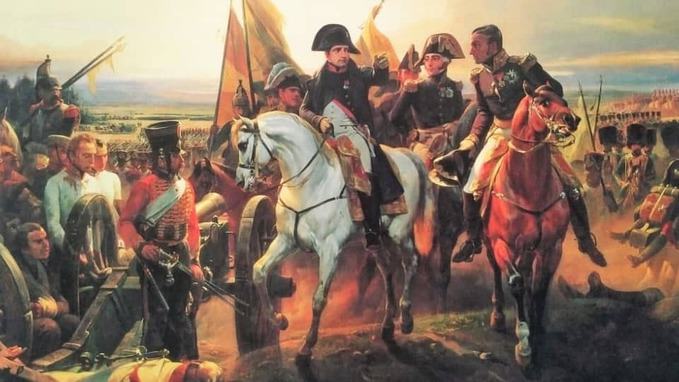
Marengo is the David Napoleon Bonaparte’s Famous War Horse. It is one of the most celebrated war steeds at any point, claimed by the previous French head Napoleon Bonaparte. The stallion was named to respect the Battle of Marengo battled among France and Austria, where it shown stunning capacities and conveyed the sovereign securely. Marengo was really an Egyptian breed, sent out to France in 1799. He went with Napoleon in his numerous crusades, including the Battle of Waterloo in 1815, where Napoleon was crushed by the British powers. Marengo was caught in the war by the British official Lord Petre, and would proceed to live in England till its passing in 1831. Its skeleton is presently shown at the National Army Museum in Chelsea.
[elementor-template id=”573″]
-
Sergeant Reckless

Sergeant Reckless is One of the Famous War Horse and One of the most well-known war Horses ever, Reckless was a Horse of Mongolian breed, Popularly SHE, claimed by US military. She was purchased in 1952 and prepared by the United States Marine Corps. This steed was utilized to convey supplies and weapons and empty injured warriors during the Korean War. She was known for her insight and capacity to take solo outings. During the Battle for Outpost Vegas in 1953, she made 51 solo excursions in a solitary day. She was made a sergeant in 1954 and resigned. Foolhardy was once chosen as one of the 100 All-time American Heroes by Life Magazine. She passed on in 1968.
-
Voyager
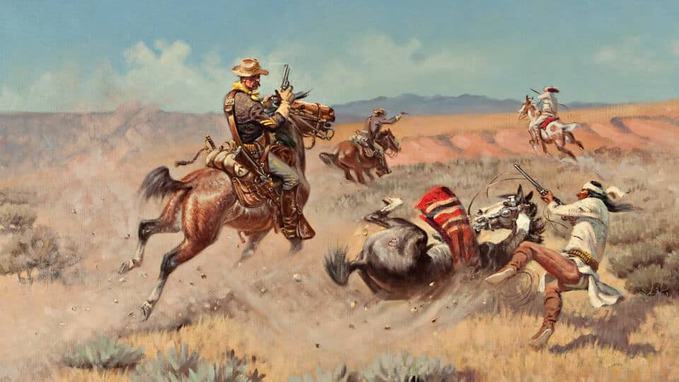
Voyager was the most loved famous War Horse of General Robert E. Lee, boss of the Confederates Army during the American Civil War. A dark American Saddlebred, he was conceived in 1857 and was initially named Greenbier. He was purchased by Lee in 1862. The steed was known for its speed, quality wonderful speed, and fearlessness. and mental fortitude in battle. He conveyed the General in numerous fights and after the war, went with him. In 1871, Traveler created lockjaw and was shot to death to calm its agony on the grounds that there was no treatment.
-
Palomo

Palamo is the Simon Bolivar Famous War Horse who was the ‘savior’ of Latin America. He was a present to Bolivar from a senior worker lady named Casilda who, as per the neighborhood legend, longed for gifting a pony to an incredible general. Palomo is depicted as a tall white pony with a long tail. Since their gathering in 1819, Bolivar rode him on numerous crusades during the freedom battle. Palomo passed on after a long walk, while under the consideration of one of Bolivar’s officials. Its horseshoes are shown at the Museum of Mulaló.
-
Kasztanka

Kasztanka was the celebrated horse which had a place with Polish war legend Marshal Jozef Pilsudski. Her name implies chestnut in Polish, a reality that ascribes to her shading. She had been possessed by Ludwik Popiel, and went under the responsibility for in 1914. She conveyed her lord in numerous skirmishes of Polish Legions along the edge of Austro-Hungary and Germany during the First World War. Pilsudski rode Kasztanka for the last time on 11 November 1927, at the Polish Independence Day march on Saxon Square, Warsaw. Kasztanka passed on 23 November 1927.
-
Copenhagen
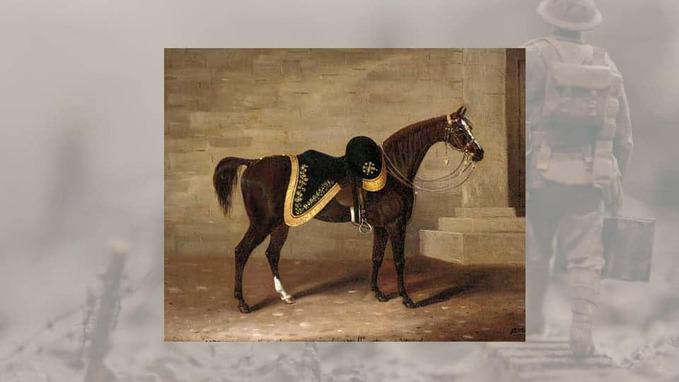
Copenhagen Famous War Horse was the renowned war pony of Lord Arthur Wellesly, the Duke of Wellington. Conceived in 1808, he was reared by General Grosvenor, and partook in a couple of races. He was named to pay tribute to the British triumph at the Second Battle of Copenhagen. Master Wellington obtained him in 1813 and rode him in various military battles. Copenhagen went with the general in the Battle of Waterloo of 1815, where he vanquished Napoleon Bonaparte. It resigned after the fight and spent later years at the stable of the Duke. The pony kicked the bucket on 12 February 1836.
-
Comanchee
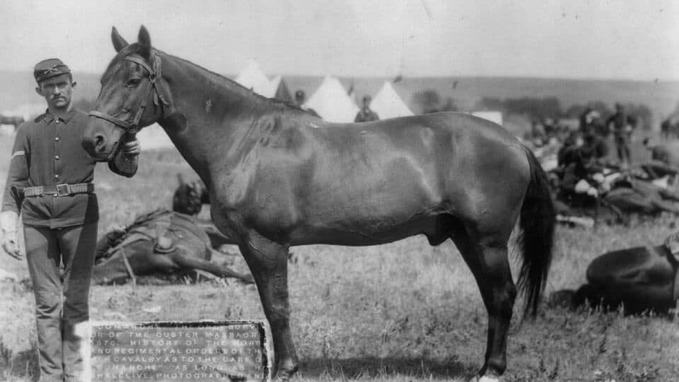
Comanche was a well-known war steed claimed by the US Army, known for being the overcomer of the Battle of Little Bighorn. The steed was purchased by the military in 1868 and it was ridden by Captain Myles Keogh of seventh Cavalry. He was named for his valiance and dedication in the battle against Comanche, Comanche conveyed Keogh in the Battle of Little Bighorn in 1876, where none of the officers endure even after he was injured. Comanche was referred to as the solitary survivor. He was made a privileged Second Commanding Officer’ of the seventh Cavalry in 1887. Comanche passed on in 1891. He was given a military memorial service, one of the main two ponies to get it.
-
Bucephalus

The Great Alexander’s war horse and famous Bucephalus. The tale of Alexander and Bucephalus is a notable one describing how the youthful Prince of Macedonia quieted the unstable steed by moving his shadow away from him. Bucephalus was talented to Alexander when he was 13 and went with him in a few fights. The horse kicked the bucket from wounds supported during the skirmish of Hydapses in India when Alexander battled the Indian King Porus in 326 BC. Bucephala a town on the banks of the waterway Jhelum now in current Pakistan was worked by Alexander in memory of his cherished companion.
-
Cincinnati
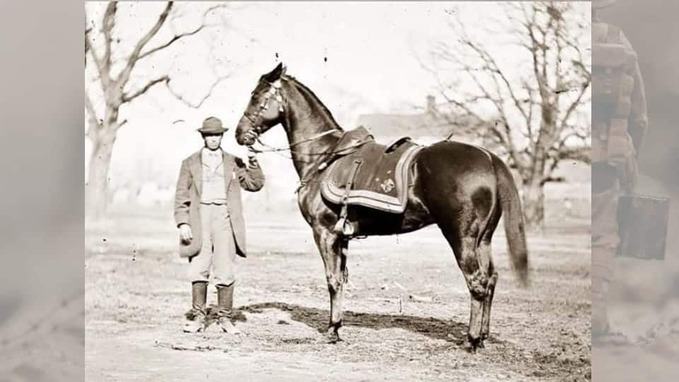
Cincinnati was one of the three acclaimed war steeds claimed by American Civil war general and later President Ulysses S. Award. He was the child of Lexington, perhaps the quickest steed in America that time. A blessing to Grant from an admirer during the American Civil War, Cincinnati went with the General in various crusades, and was his top pick. Award is portrayed riding Cincinnati in a large portion of his remembrances. The incredible Abraham Lincoln was likewise an admirer of Cincinnati, whom he used to ride each day. The steed kicked the bucket in 1878 at the homestead of Admiral Daniel Ammen, situated in Maryland.
First Use of the War Horses in the Ground
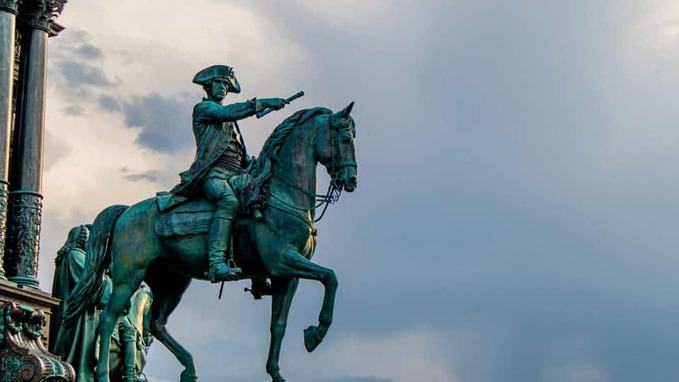
The primary utilization of Horses in the ground happened more than 5,000 years back. The most punctual proof of these horses ridden in fighting dates from Eurasia somewhere in the range of 4000 and 3000 BC. A Sumerian representation of fighting from 2500 BC delineates some kind of equine pulling wagons. By 1600 BC, improved outfit and chariot structures made chariot fighting normal all through the Ancient Near East, and the most punctual composed reference booklet for War Horse was a guide for preparing chariot steeds expounded on 1350 BC. As formal mounted force strategies supplanted the chariot, so did new preparing techniques, and by 360 BC, the Greek rangers official Xenophon had composed a broad treatise on horsemanship. The adequacy of steeds in fight was likewise reformed by upgrades in innovation, including the creation of the seat, the stirrup, and later, the steed neckline to the Horse to participate in the War Ground.
What type of Horse are used in the War Play?
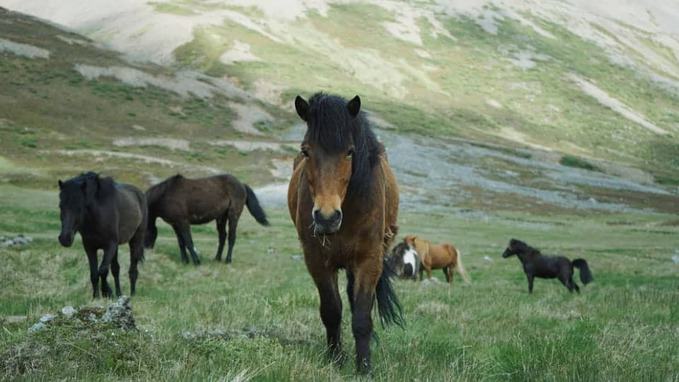
Various sorts and sizes of Pony were utilized in war, contingent upon the type of fighting. The sort utilized shifted with whether the steed was being ridden or driven, and whether they were being utilized for observation, mounted force charges, attacking, correspondence, or supply. Since the beginning, donkeys and jackasses just as steeds assumed a critical job in offering help to armed forces in the field. War Horse were appropriate to the fighting strategies of the traveling societies from the steppes of Central Asia. A few East Asian societies utilized mounted force and chariots. Muslim warriors depended upon light mounted force in their battles all through North Africa, Asia, and Europe starting in the seventh and eighth hundred’s of years AD.
Europeans utilized a few kinds of war steeds in the Middle Ages, and the best-known substantial ranger’s warrior of the period was the defensively covered knight. With the decay of the knight and ascent of black powder in fighting, light mounted force again rose to noticeable quality, utilized in both European fighting and in the success of the Americas. Fight mounted force created to take on a large number of jobs in the late eighteenth century and mid nineteenth century and was frequently urgent for triumph in the Napoleonic wars. In the Americas, the utilization of steeds and improvement of mounted fighting strategies were found out by a few clans of indigenous individuals and thusly, exceptionally portable pony regiments were basic in the American Civil War.
[elementor-template id=”573″]
Pony mounted force started to be eliminated after World War I for tank fighting, however a couple of Horse rangers’ units were as yet utilized into World War II, particularly as scouts. Before the part of the bargain II, Horse were only here and there found in fight, however were as yet utilized broadly for the vehicle of troops and supplies. Today, formal fight prepared steed mounted force units have nearly vanished, however the United States Army Special Forces utilized War Horse fighting during the 2001 attack of Afghanistan.
Points to Remember before selecting a Horse for the War
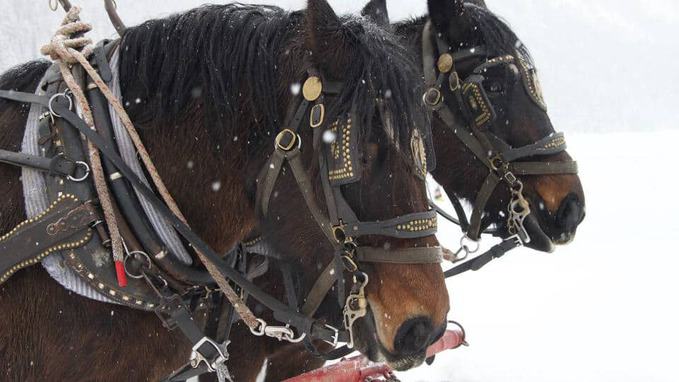
A major standard of equine compliance is “structure to work”. In this manner, the sort of Horse utilized for different types of wars relied upon the work played out, the weight of a pony expected to convey or force, and separation travelled.
[1] Weight influences speed and perseverance, making an exchange off: reinforcement included protection.
[2] yet included weight lessens greatest speed.
[3] Therefore, different societies had distinctive military needs. In certain circumstances, one essential kind of pony was supported over all others.
[4] In different spots, various sorts were required; warriors would head out to fight riding a lighter steed of more prominent speed and continuance, and after that change to a heavier steed, with more noteworthy weight-conveying limit, when wearing overwhelming covering in real combat.
[5] The normal steed can convey up to roughly 30% of its body weight.
[6] While all ponies can pull beyond what they can convey, the weight ponies can draw changes broadly, contingent upon the work of the steed, the kind of vehicle, street conditions, and other factors.
[7] Horses tackled to a wheeled vehicle on a cleared street can pull as much as multiple times their weight.
Horses are still found being used by composed outfitted contenders in Third World nations. Numerous countries still keep up little units of mounted riders for watch and observation, and military steed units are additionally utilized for stylized and instructive purposes. Steeds are likewise utilized for verifiable reenactment of fights, law authorization, and in equestrian rivalries got from the riding and preparing aptitudes once utilized by the military.
Also Read: 15 Things That Are Banned In India